Per the Spring Documentation, application context is:
Central interface to provide configuration for an application. This is read-only while the application is running, but maybe reloaded if the implementation supports this.
In some applications, there are multiple application contexts. What's the purpose and benefit of having multiple application contexts? I want to understand the logic behind it. Why would one do it?
P.S: In spring doc use is written. I want to know the pros of having multiple application contexts and the rationale behind it.
